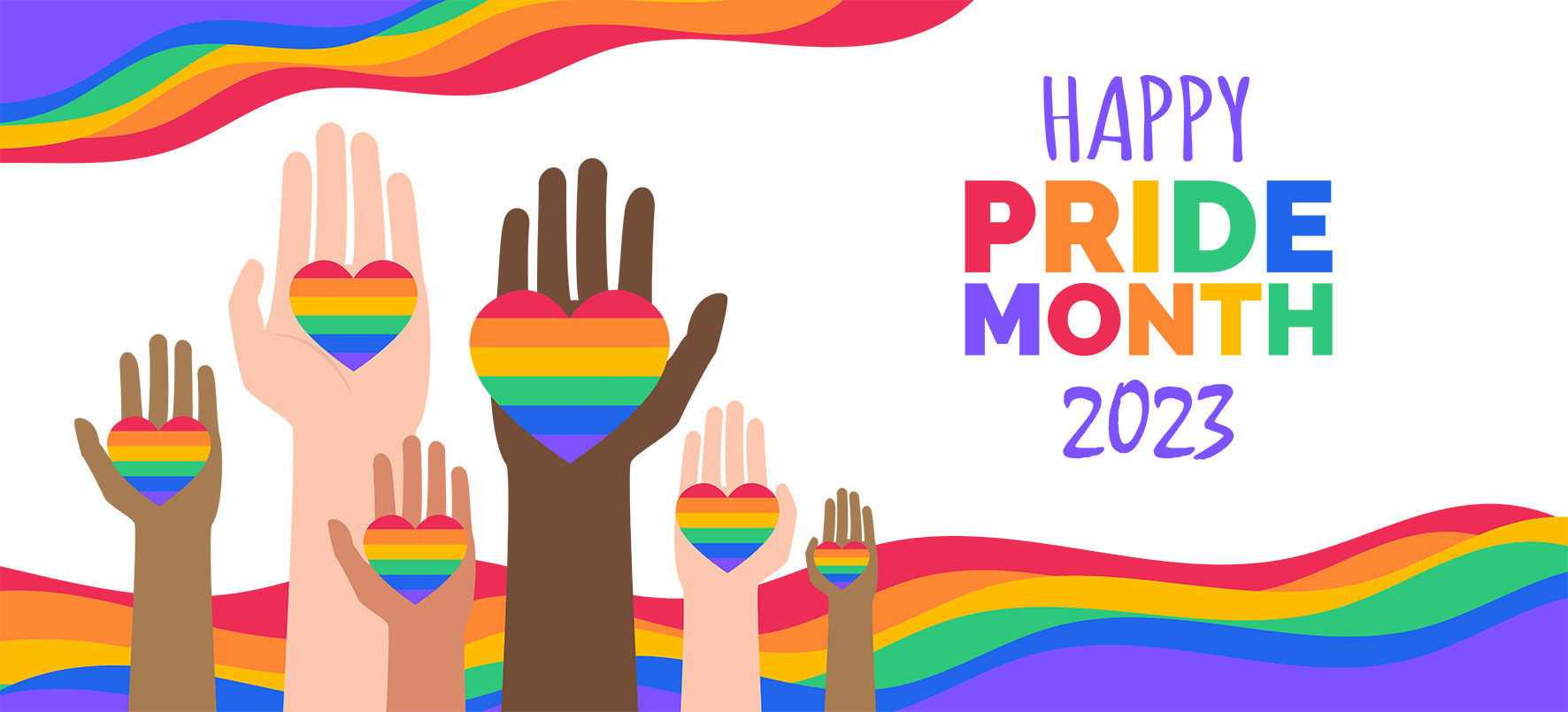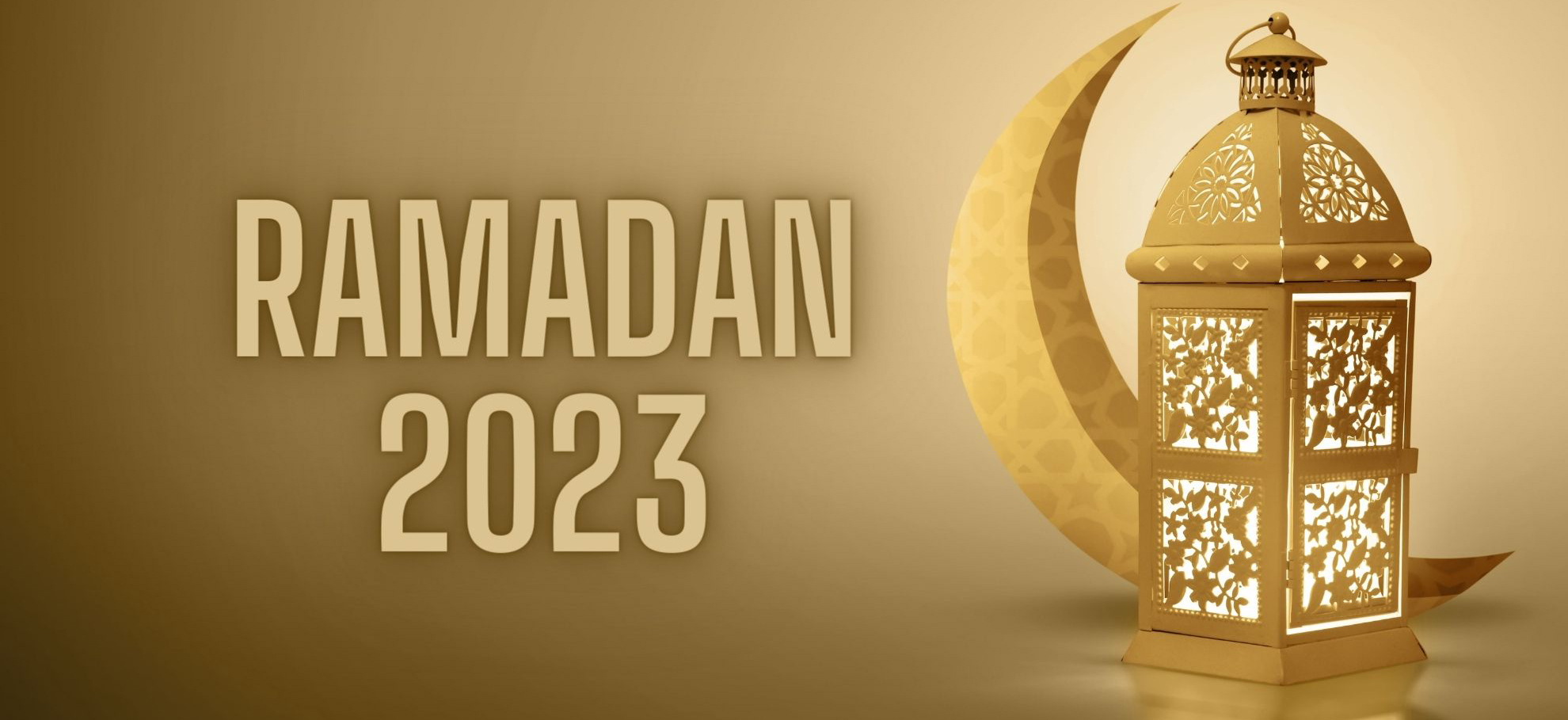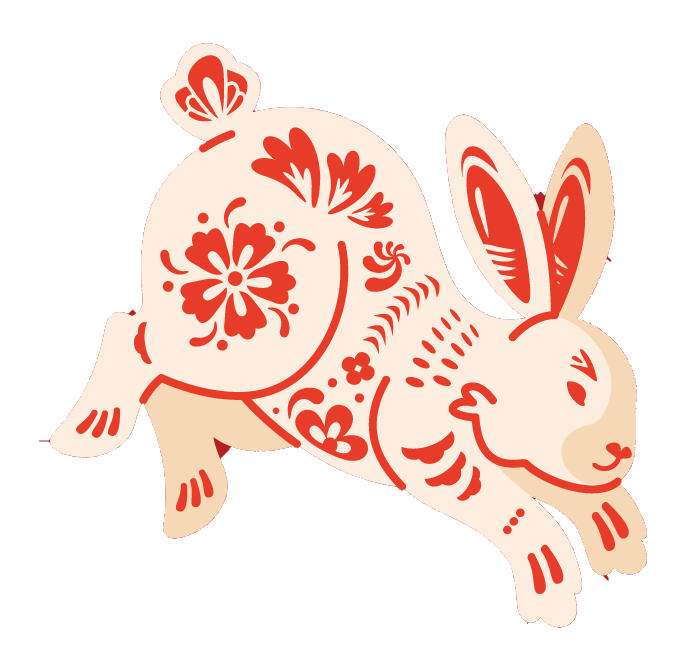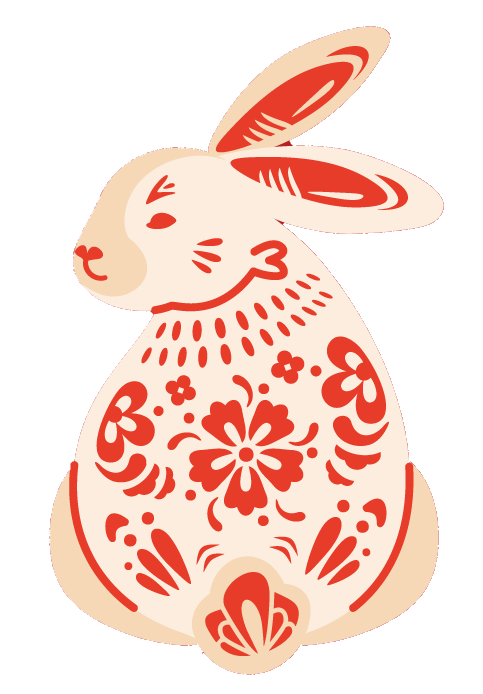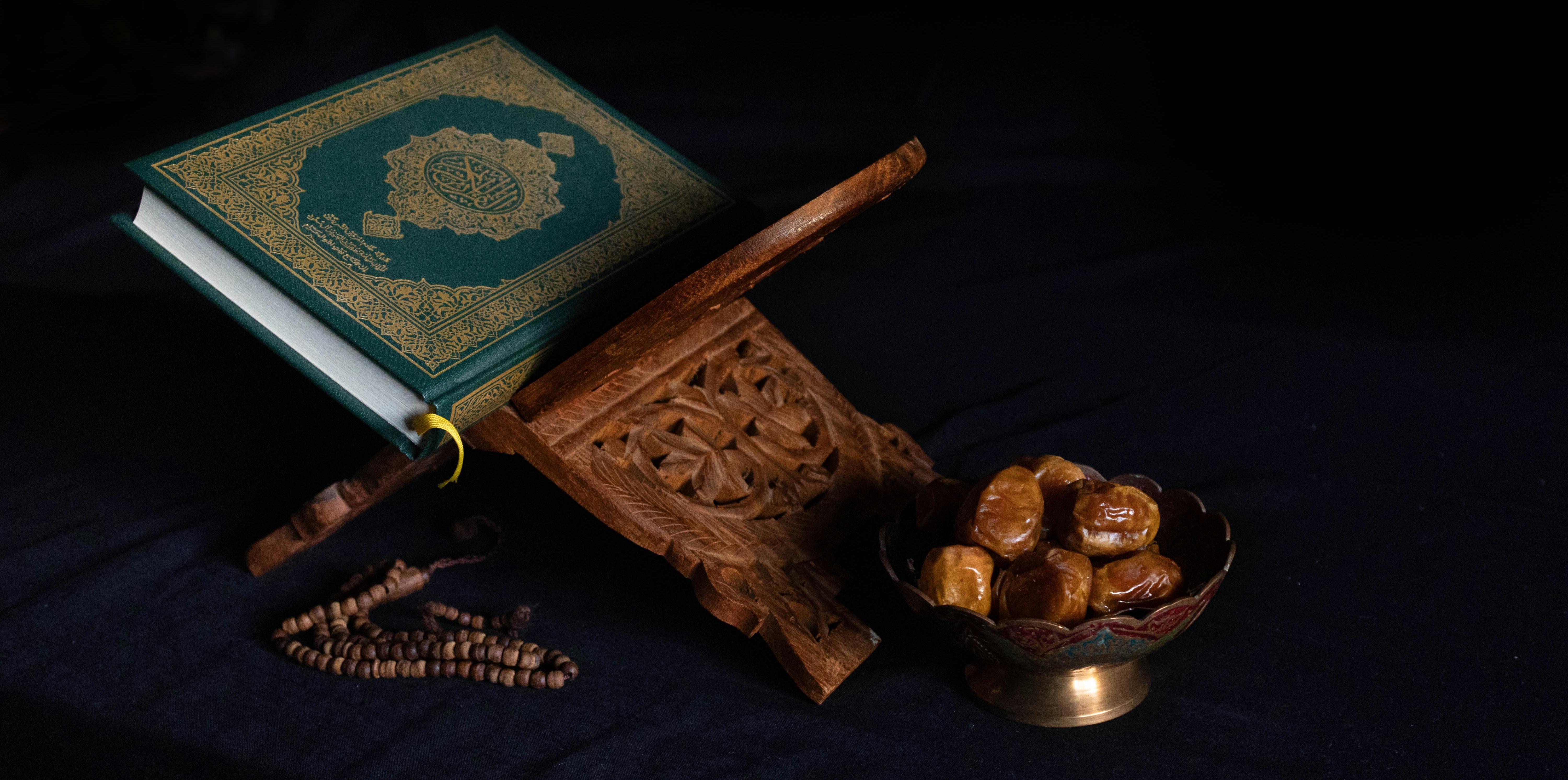
Ramadan - A month of Blessings and Compassion
by Syed Saad Ul Hassan Bukhari and Khizar HayatBackground:
Muslims all over celebrate the arrival of Ramadan, which is the ninth month of the Islamic calendar. It is also regarded as one of the five pillars of Islam. All Muslims over 12 are expected to fast from dawn to sunset this month except those with some physiological or pathological condition in which fasting may further impair their health. The dates of Ramadan change with the phases of the moon. It commences with the new crescent moon and ends with the completion of a lunar cycle phase.
Religious Practices:
On a typical Ramadan day, Muslims start their day early to eat a pre-fast meal called suhoor before dawn. During the day, Muslims are prohibited from consuming any food or drinks. Depending on the location and season, people in certain regions need to fast for as long as 20 hours.
After sunset, families break their fasts with an evening meal called iftar by eating dates (or something sweet as per the sunnah of Holy Prophet Muhammad SAW) and drinking water. From traditional cultural foods to special delicacies, Muslims celebrate the end of a long day of fast with large gatherings of family and friends. In fact, a common practice is sharing iftars with other underprivileged community members. In some communities, regular free iftar meals are hosted for the homeless every night of Ramadan.
Reasons for Fasting:
For Muslims, fasting is an act of worship resulting in God-consciousness development. The spiritual rewards are also known to be multiplied during this month as Muslims need to exercise self-discipline and restraint. Furthermore, it allows Muslims to nurture compassion for the needy and become more grateful for every blessing bestowed upon us. Muslims often donate to Islamic charities and read the Qu’ran (Holy book) as a form of their reverence to the religion.
End of Ramadan:
Upon the completion of Ramadan, Muslims globally celebrate Eid ul-Fitr, or the Festival of Breaking the Fast. On this day, Muslims wake up early and dress in their best attire to attend the congressional Eid prayers. The rest of the day is spent with family and friends while consuming good food and giving gifts to loved ones.
Ramadan for 2024 starts on the evening of Monday, March 11th, lasts for 30 days and ends at sundown on Wednesday, April 10.
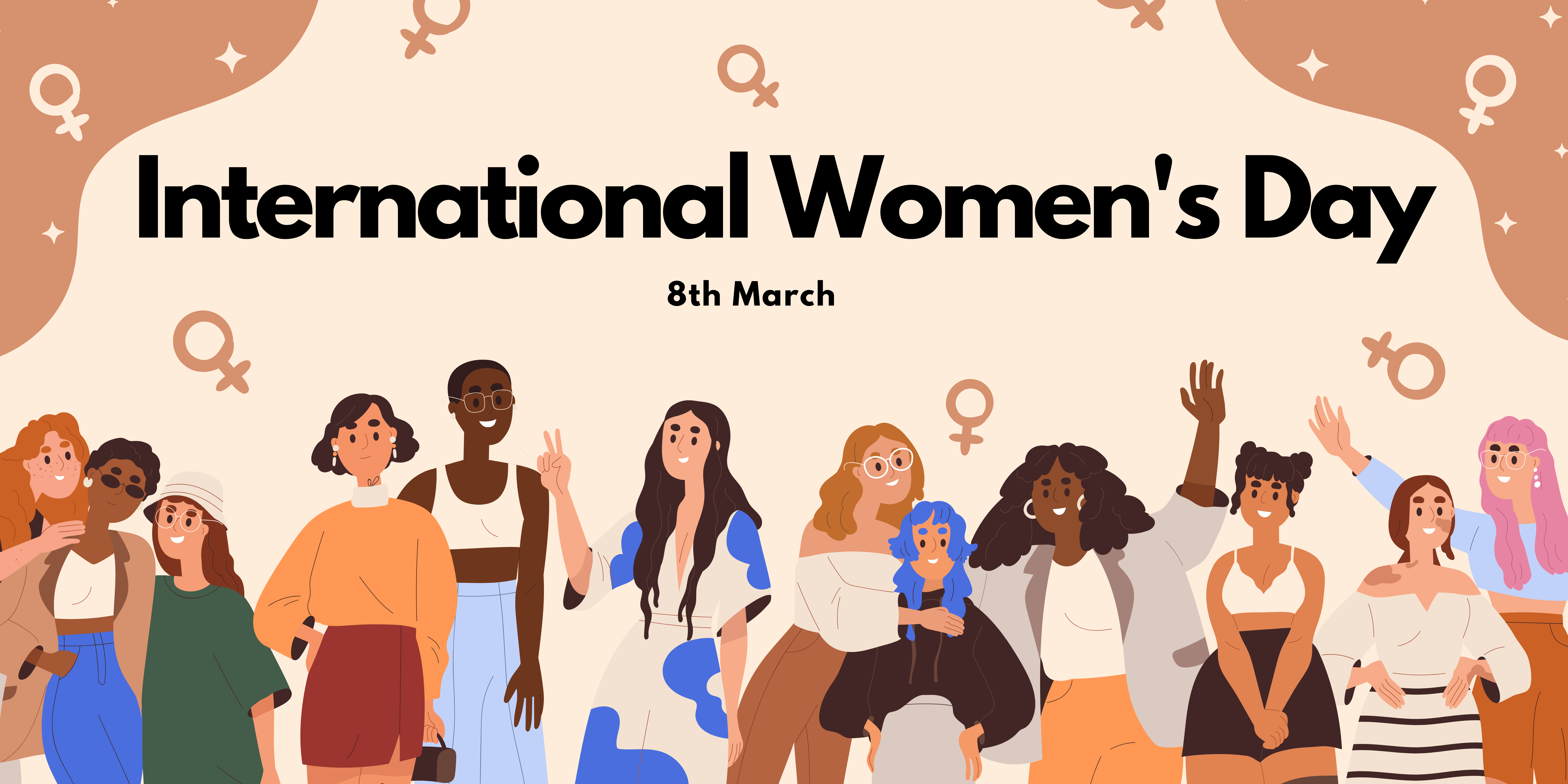
International Women's Day (IWD, March 8) is a "global day celebrating the social, economic, cultural, and political achievements of women."
Every year on March 8th, the world comes together to celebrate International Women's Day. This global event, with roots tracing back to the early 20th century, is dedicated to recognizing the social, economic, cultural, and political achievements of women. The first National Woman's Day was observed in the United States on February 28, 1909, following a declaration by the Socialist Party of America. A year later, the concept was proposed to be made international at the International Socialist Women's Conference, giving birth to 'International Women's Day' as we know it today.
International Women's Day serves as a platform to highlight the ongoing journey towards gender equality. It is an opportunity to reflect on the progress made, to call attention to changes, and to celebrate the acts of courage and determination by ordinary women who have played an extraordinary role in the history of their countries and communities. The significance of this day lies in the recognition of women's contributions and the acknowledgment of the challenges they continue to face in the quest for gender equality.
While we have made significant strides towards gender equality, International Women's Day also serves as a reminder of the work that remains. Women worldwide continue to face systemic barriers including gender pay gaps, discrimination, and violence. This day underscores the importance of continued focus on these issues.
The celebration of International Women's Day is a testament to the resilience and determination of women who have broken barriers and changed the course of history. As we reflect on this day, we are reminded of the strength of women who have paved the way for future generations and the ongoing efforts to achieve gender parity in all aspects of life.
International Women's Day is not just a day to celebrate the remarkable achievements of women. It is also a day to reflect on the progress made towards gender equality and the challenges that remain. It serves as a reminder of the strength, resilience, and contributions of women around the world, and the ongoing journey towards a world where everyone, regardless of gender, has the opportunity to thrive.
United Nations: https://www.un.org/en/observances/womens-day
Authors: Prof Kwan Chow & Prof Gigi Lo
UN International Day of Women and Girls in Science
The International Day of Women and Girls in Science (IDWGIS) is celebrated annually on February 11th, aiming to promote gender equality and empowering women and girls in the field of science. This event explores that vital role that women and girls play in research and innovation, and this year the day will focus on how these issues are related to the United Nations Sustainable Development Goals.
Established in 2015, the IDWGIS builds upon the United Nations' commitment to achieving gender equality, and serves as a platform to raise awareness around gender stereotypes and biases in science-related fields. Significant gender imbalances still persist in the disciplines of science, technology, engineering and mathematics (STEM) around the world, even in Hong Kong, with various sociological and psychological barriers such as stereotyping, implicit biases in hiring, under-representation in leadership. and the balance of domestic obligations. Although we need science to tackle global challenges such as climate change, we risk excluding talent and expertise if women and girls are not fully supported and represented in these fields.
Women represent 33% of all researchers, and by recognising and celebrating their achievements, the IDWGIS aims to inspire and motivate younger girls to pursue a scientific career. Inclusive environments are required in order to support women and girls entering and continuing in STEM, and we should support them throughout their careers. With the right mentoring, networks, scholarships and organisational support, STEM environments can help overcome gender biases to engages and keep more women and girls in science, making a more equitable and better future for all of us.
Five role models in STEM
- One of the first African-American women to work as a NASA scientist, Katherine Johnson's calculations were vital for the success of the USA space program
- In experimental physics, Chien-Shiung Wu worked on the Manhattan project and proved that parity is not conserved
- Ada Lovelace is considered the world's first computer programmer, writing the first algorithm designed to be carried out by a machine
- Saving millions of lives, Tu Youyou discovered key anti-malarial compounds and won a Nobel prize for her work
- The first African women to win the Nobel Peace Prize, Wangari Maathai founded the Green Belt Movement, empowering women by training them in forestry, planting seedlings, and combatting deforestation
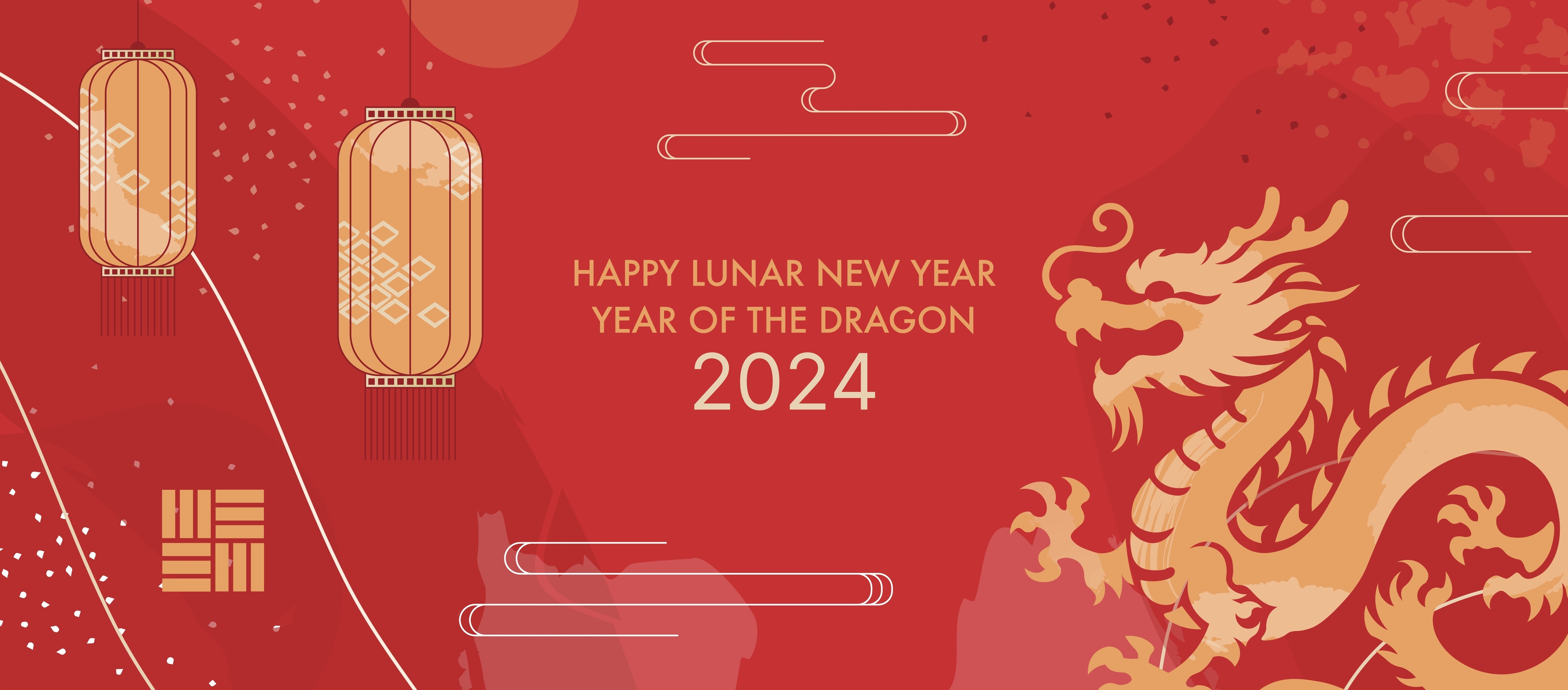
Happy Lunar New Year
Lunar New Year (LNY), also known as the Spring Festival, is one of the most important festivals for Asian countries. It is the first day of the new year according to lunar calendar (a calendar based on the monthly cycles of the Moon's phases), thus the dates would be different each year, compared to the static dates on the solar calendar. This year is the year of Dragon, which begins on 10 February 2024. The celebrations last for around two weeks usually. This is a time for family reunions, visiting relatives and friends and exchanging greetings for the coming New Year. Elders give red envelopes with money inside, known as “Lucky money” or “Red envelope”, to children as a blessing of passing a year of good fortune. People also put up red papers with auspicious sayings around the house for good fortune (know as “Chui lian” or “fai chun”).
People across the world celebrate it differently depending on the region, and there are so many traditional things to do during LNY. Much of Chinese New Year is about Unity and Harmony, so it's the perfect time for family reunions. Family members may have travelled long distances to return home for their New Year's Eve reunion dinner. In mainland China, Spring Festival gala is a popular show for people to watch, which is broadcasted by CCTV from 8 pm on new year's eve until 2 am of the next day. In the north, people will eat dumplings with all of their immediate families for the first day of the year, while people in the south will usually eat traditional rice cakes, which represent a wish to be successful and 'higher' (a homophone of 高). Houses are thoroughly cleaned and decorated with red paper with words for good fortune and luck. In Hong Kong SAR, people usually go around to their elders' houses to greet them know as "bai neen" (bai nian 拜年). People also give out "Lai See" (red envelop) not only to children, but also those who provide service. Lunar New Year is also one of the most important traditional holidays in Korea. People would dress in traditional costumes (known as hanbok), and children show their respect to elders with deep bows (known as seh bae). In Vietnam, Lunar New Year is also known as Tết. Traditional Vietnamese sticky rice cake snacks like bánh tét (a log-like, cylinder snack) and bánh chưng (a square cake), also play a vital role in the celebration.
There are 12 zodiac signs according to the Chinese zodiac calendar, and the dragon is the fifth animal between rabbit and snake. In Chinese culture, the dragon represents imperious power, benevolence, and the bearer of good fortune.
It is also considered a divine force that brings blessings of prosperity and protection. As the dragon take flight, we wish everyone a prosperous year that is filled with hope, prosperity, and the enduring spirit for success.
For more information on Lunar Chinese New Year please visit: https://www.discoverhongkong.com/uk/explore/culture/how-locals-celebrate-chinese-new-year-in-hong-kong.html
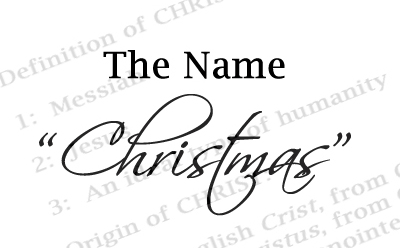
Origins and Importance of Christmas
Christmas is one of the most widely celebrated holidays around the world, particularly among Christians. It holds great significance for Christians as it commemorates the birth of Jesus Christ, the central figure of Christianity. The origins of Christmas can be traced back to the early centuries of Christianity, where it gradually evolved into a major religious and cultural festival.
The exact date of Jesus' birth is not mentioned in the Bible, and it was not until the 4th century that December 25th was chosen as the day to celebrate Christmas. This date was likely chosen to coincide with existing pagan festivals that were already being celebrated around the winter solstice. By incorporating elements of these festivals, such as feasting, gift-giving, and decorating with evergreen trees, early Christians sought to provide a Christian alternative to the pagan celebrations.
For Christians, the birth of Jesus is a pivotal event in human history. It represents the fulfillment of Old Testament prophecies and the arrival of the long-awaited Messiah. The birth of Jesus is seen as the incarnation of God, where God took on human form to dwell among humanity. This act of divine intervention is considered a demonstration of God's love for humanity and a source of hope and salvation.
The story of Jesus' birth is narrated in the Gospels of Matthew and Luke. According to these accounts, Jesus was born in Bethlehem, a small town in Judea, to the Virgin Mary. The birth took place in a humble stable, where Jesus was laid in a manger. Angels appeared to shepherds in the fields, proclaiming the good news of Jesus' birth, and a star guided the wise men from the East to pay homage to the newborn king.
Christmas holds immense importance for Christians as it symbolizes the hope and joy brought into the world through the birth of Jesus. It is a time to reflect on the significance of Jesus' life and teachings, his sacrificial death, and his resurrection. The celebration of Christmas is not only a religious observance but also a time for family gatherings, exchanging gifts, and spreading love and kindness. Today, Christmas is celebrated worldwide, bringing people together to rejoice in the birth of Jesus and to spread goodwill.

Christmas for Atheists
While Christmas is traditionally associated with the Christian faith, it has also become a widely celebrated holiday in many countries with diverse religious beliefs, including those with a significant atheist population. For atheists in Christian countries, the importance of Christmas traditions can vary depending on personal perspectives and cultural contexts. Participating in these traditions can serve as a way to connect with their heritage, family, and community, fostering a sense of belonging and shared experiences.
Christmas often brings families and communities together to celebrate and strengthen their bonds. Regardless of religious beliefs, atheists may value the chance to spend quality time with family and friends, exchange gifts, enjoy festive meals, engage in activities like decorating the Christmas tree or singing carols, embrace the festive spirit, appreciate the beauty of the season, and engage in activities that bring cheer and happiness. It can be viewed as a way to break away from the routine and celebrate the positive aspects of life.
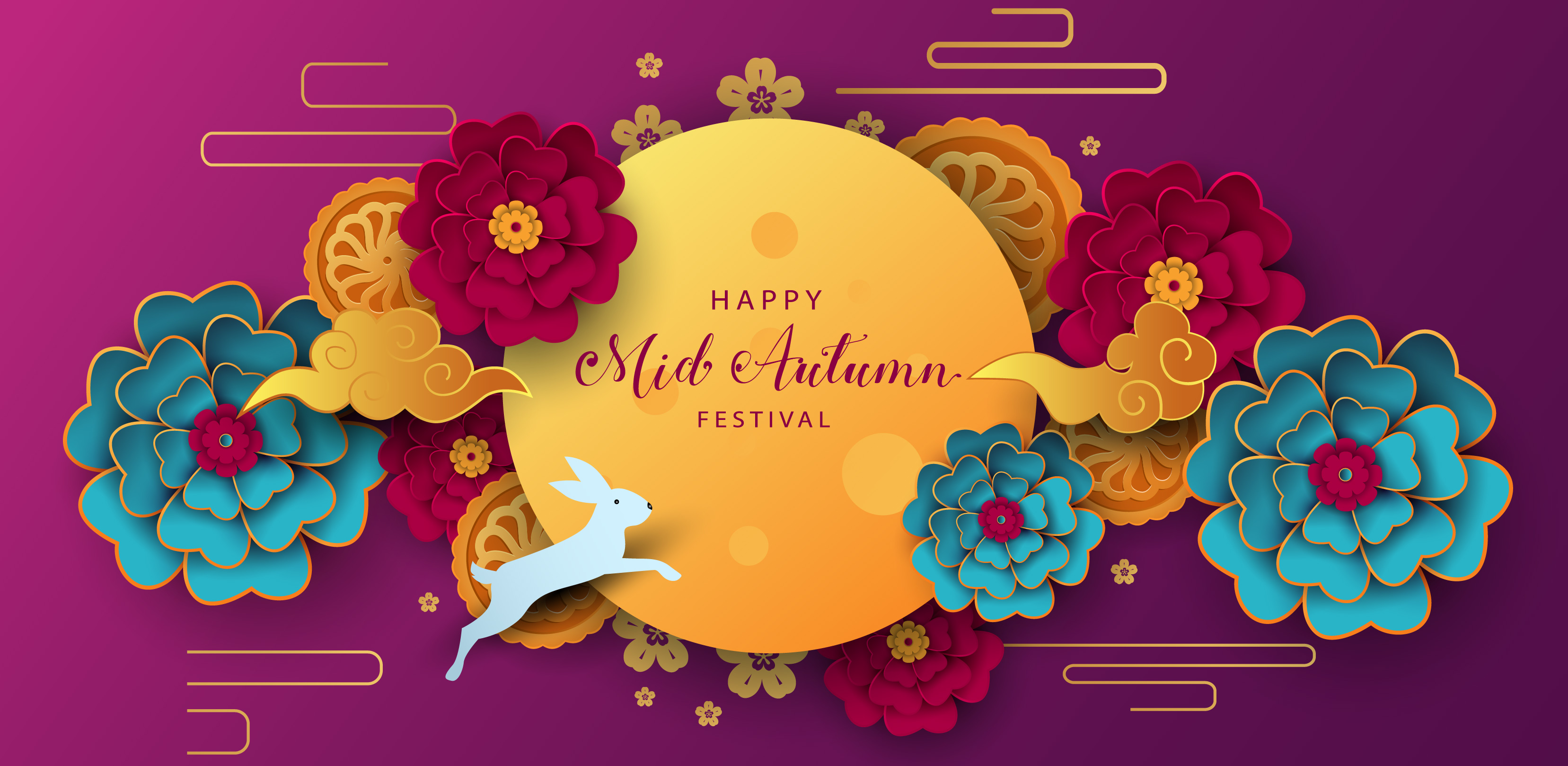
Mid Autumn Festival 2023
Mid-Autumn Festival is one of the most important festivals in Chinese culture. It is also called the Moon Festival or Mooncake Festival. The festival is held on the 15th day of the 8th month of the lunar calendar, which is corresponding to mid-September to early October. As the name suggested, you will see the moon is at its brightest and fullest size at night. In the past, people celebrate this festival at harvest time in the middle of Autumn.
There are many celebration activities in Hong Kong and other Asian countries at this festival. People carry and display lanterns of all sizes and shapes, meaning that they light people’s path to prosperity and good fortune. Mooncakes are traditionally eaten during this festival, they are rich pastry filled with egg yolk and lotus-seed paste. Nowadays, mooncakes come in many shapes and flavors, like Snow Skin Mooncakes, Lava Custard Mooncakes, Ice-cream Mooncakes…etc. I am sure you will find one that suits your taste!
In China, this festival is associated with a story about the Moon Goddess of Immortality. The detailed story can be read in this article: https://www.chinahighlights.com/festivals/mid-autumn-festival-story-change.htm
Performance of dragon and lion dances are also practiced in southern China and sometimes in some rural areas of Hong Kong. This is surely an occasion for family and friends reunions to eat mooncakes and appreciate the bright full moon.
The Origins and Importance of PRIDE month
June is celebrated as PRIDE Month in many parts of the world, particularly in the Western Hemisphere. It is a time to celebrate the LGBTQ+ community, their achievements, and struggles. The origins of PRIDE Month can be traced back to the Stonewall riots of 1969 in New York City. At that time, it was illegal to engage in same-sex relationships, and LGBTQ+ individuals faced discrimination and harassment. On June 28, 1969, police raided the Stonewall Inn, a popular gay bar in Greenwich Village, and attempted to arrest its patrons. This triggered a series of protests and demonstrations, which continued for several days, as members of the LGBTQ+ community stood up against police brutality and demanded equal rights.
The Stonewall riots are considered a pivotal moment in the LGBTQ+ right movement and marked the beginning of the fight for equality for LGBTQ+ individuals. In the years following the Stonewall riots, LGBTQ+ individuals and allies began organizing marches and parades to commemorate the events of 1969 and raise awareness of LGBTQ+ rights issues.
The first PRIDE march was held in New York City in June 1970, and similar events took place in other cities across the United States. Over time, PRIDE events have become more inclusive, and today they often feature a diverse range of LGBTQ+ individuals, including those who are transgender, non-binary, queer, and questioning.
PRIDE Month is important because it provides a platform for the LGBTQ+ community to celebrate their identity and raise awareness of the challenges they face. It is a time to recognize the contributions of LGBTQ+ individuals to society and to call attention to the ongoing struggle for equal rights.
In recent years, PRIDE Month has taken on a global significance, with events taking place in countries around the world. It has become an important symbol of the fight for LGBTQ+ rights and an opportunity for individuals and organizations to show their support for the LGBTQ+ community.
In conclusion, PRIDE Month has its origins in the Stonewall riots of 1969, and it is now celebrated as a time to honor and celebrate the LGBTQ+ community. It is an important reminder of the progress that has been made in the fight for equality and the ongoing work that still needs to be done.
Hong Kong PRIDE parade is usually held in November each year. https://hkpride.net/
Ramadan - A month of Blessings and Compassion
Syed Saad Ul Hassan Bukhari and Khizar Hayat
Jockey Club College of Veterinary Medicine and Life Sciences, City University of Hong Kong
Background:
Muslims all over celebrate the arrival of Ramadan, which is the ninth month of the Islamic calendar. It is also regarded as one of the five pillars of Islam. All Muslims over 12 are expected to fast from dawn to sunset this month except for those who have some physiological or pathological condition in which fasting may impair their health further. The dates of Ramadan change with the phases of the moon. It commences with the new crescent moon and ends with the completion of a lunar cycle phase.
Religious Practices:
On a typical Ramadan day, Muslims start their day early to eat a pre-fast meal called suhoor before dawn. During the day, Muslims are prohibited from consuming any food or drinks. Depending on the location and season, people in certain regions need to fast for as long as 20 hours.
After sunset, families break their fasts with an evening meal called iftar by eating dates (or something sweet as per the sunnah of Holy Prophet Muhammad SAW) and drinking water. From traditional cultural foods to special delicacies, Muslims celebrate the end of a long day of fast with large gatherings of family and friends. In fact, a common practice is sharing iftars with other underprivileged community members. In some communities, regular free iftar meals are hosted for the homeless on every night of Ramadan.
Reasons for Fasting:
For Muslims, fasting is an act of worship resulting in God-consciousness development. The spiritual rewards are also known to be multiplied during this month as Muslims need to exercise self-discipline and restraint. Furthermore, it allows Muslims to nurture compassion for the needy and become more grateful for every blessing bestowed upon us. Muslims often donate to Islamic charities and read the Qu’ran (Holy book) as a form of their reverence to the religion.
End of Ramadan:
Upon the completion of Ramadan, Muslims globally celebrate Eid ul-Fitr or Festival of Breaking the Fast. On this day, Muslims wake up early and dress in their best attire to attend the congressional Eid prayers. The rest of the day is spent with family and friends while consuming good food and giving gifts to loved ones.
Ramadan for 2023 starts on the evening of Wednesday, March 22nd, lasts for 30 days and ends at sundown on Thursday, April 20.
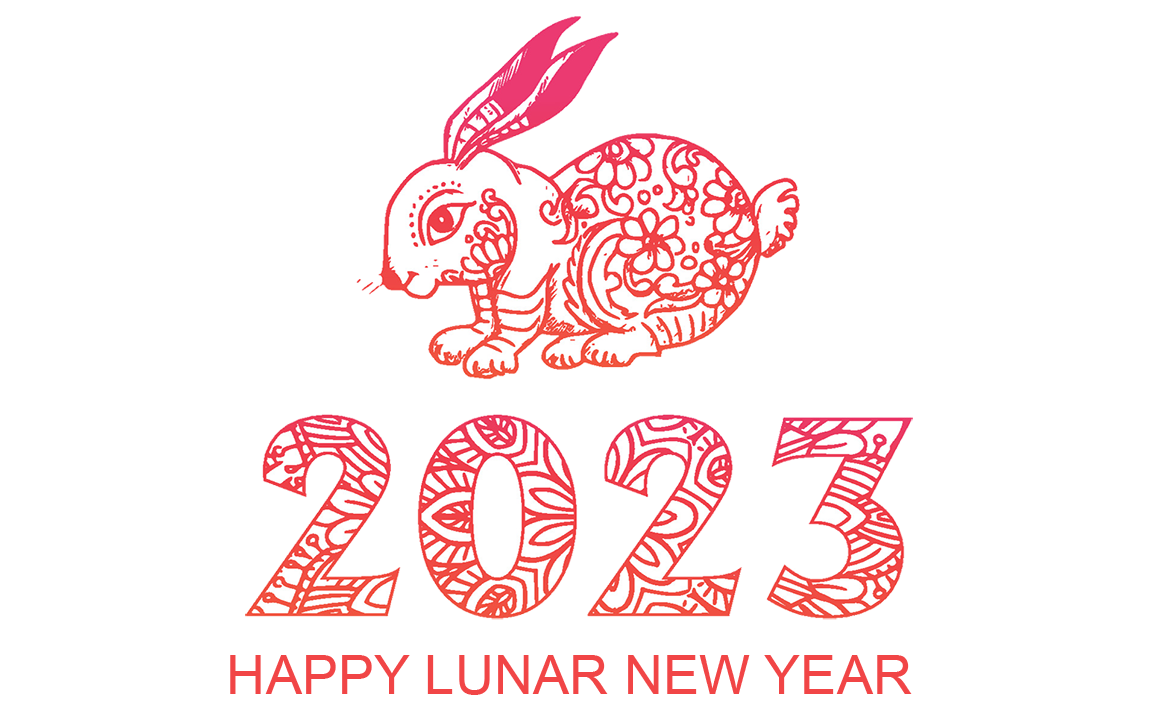
Chinese lunar new year is one of the most important festivals for Asian countries. It is the first day of the new year according to lunar calendar (a calendar based on the monthly cycles of the Moon's phases), thus the dates would be different each year, compared to the static dates on the solar calendar. This year, the CNY begins on 22 January 2023, and the celebrations last for around two weeks usually. This is a time for family reunions, visiting relatives and friends and exchanging greetings for the coming New Year. CNY also marks the transition between the zodiac signs. Eating traditional rice cakes represents a wish to be successful and 'higher' (a homophone of 高). Elders give red envelopes (Lai see) with money inside, known as 'lucky money', to children as a blessing of passing a year of good fortune. For 2023, it’s the Year of the Rabbit! |
|
|
|
People across the world celebrate it differently depending on the region, and there are so many traditional things to do during CNY. Much of Chinese New Year is about Unity and Harmony, so it’s the perfect time for family reunions. Family members may have travelled long distances to return home for their New Year’s Eve reunion dinner. Spring Festival gala is a popular show for people to watch, which is broadcasted by CCTV from 8 pm on new year’s eve until 2 am of the next day. In the north, people will eat dumplings with all of their immediate families for the first day of the year, while people in the south will usually eat traditional rice cakes, which represent a wish to be successful and ‘higher’ (a homophone of 高). Houses are thoroughly cleaned and decorated with red paper with words for good fortune and luck. Elders give red envelopes with money inside, known as ‘lucky money’, to children as a blessing of passing a year of good fortune. In Hong Kong, it is commonly known as Lai See, and given not only to children, but also those who provide service. It is another way to wish another good fortune in the new year. |
Here in Hong Kong, shops and supermarkets stock all kinds of Chinese delicacies, e.g. sweetmeats, melon seeds and packets of specialties such as groundnuts which the Chinese must obtain and store up for the festival. Little orange trees are seen everywhere, and are meant to bring good luck. Homes are spruced up, new cushions and carpets are bought to give the home a new look. With the approach of the lunar new year, we would like to use this opportunity to wish you all a happy lunar new year and make good progress in the speed of “rabbit”! |
|
For more information on Lunar Chinese New Year please visit: https://www.discoverhongkong.com/uk/explore/culture/how-locals-celebrate-chinese-new-year-in-hong-kong.html |
|

